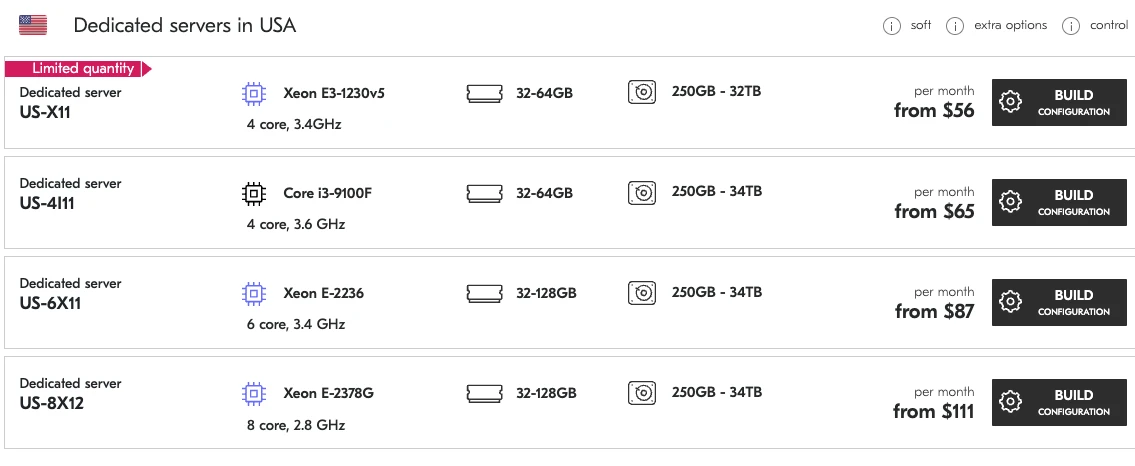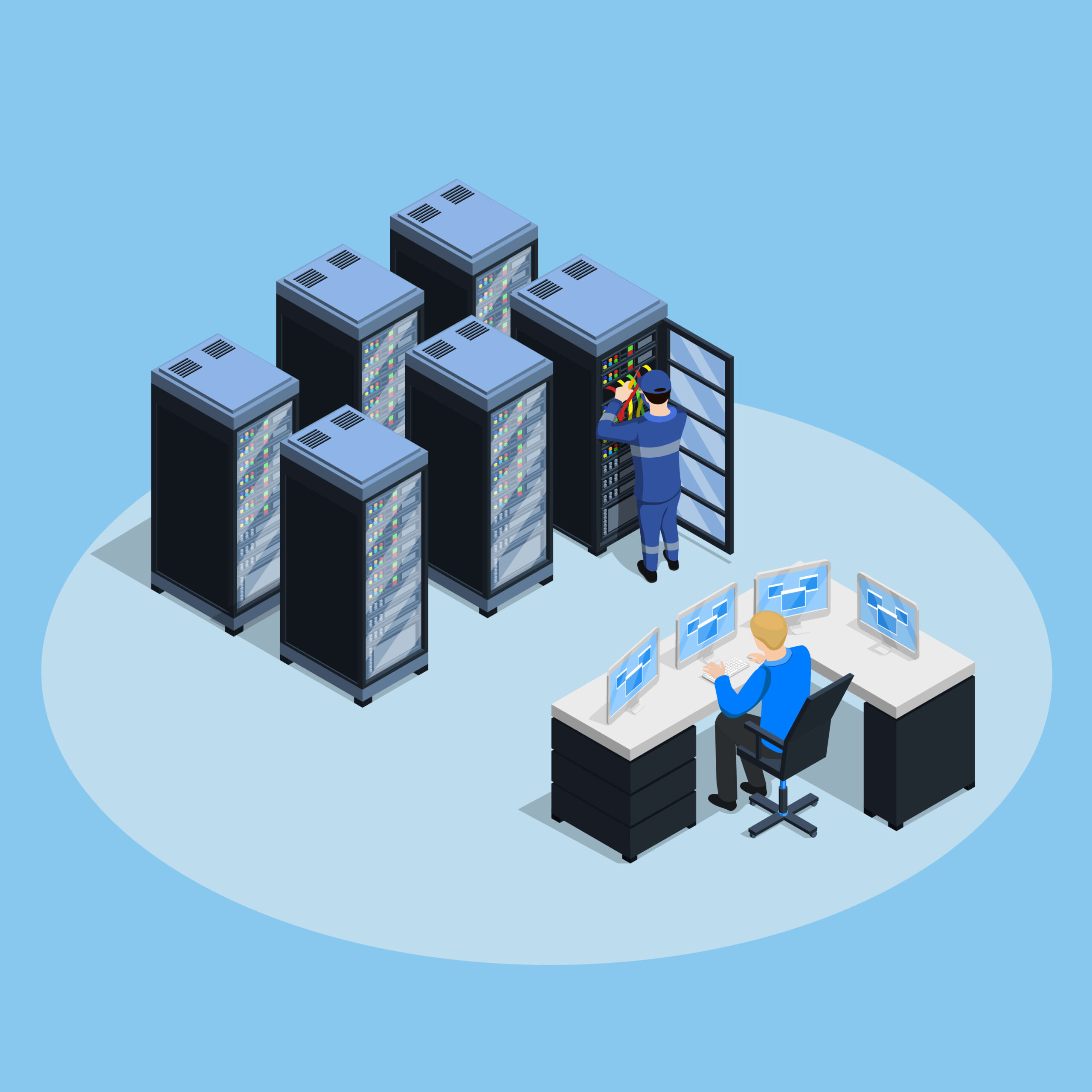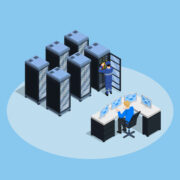Dedicated Server Rental: How This Service Appeared And Why it Became Necessary
When the internet was just beginning to develop, most websites were hosted on a single physical server shared by dozens or even hundreds of users. This approach, known as shared hosting, was convenient—at least while websites remained small and simple. But as online projects grew, the number of visitors increased, and features became more complex, shared hosting was no longer enough.
That’s when the need for dedicated server rental emerged. A dedicated server is a physical machine provided entirely to one client—no “neighbors” and no shared resources. Initially, this service was aimed at large corporations, financial institutions, and media platforms where stability, security, and computing power were critical.
As small and medium businesses entered the digital space, the availability of internet tools and automation made dedicated servers useful for e-commerce stores, SaaS platforms, gaming projects, and even startups. They allowed companies to scale quickly, handle large volumes of data, and ensure high security levels.
Dedicated servers are also popular in software development, testing environments, corporate email systems, CRMs, streaming platforms, and VPN gateways. Because clients have full control over the server, they can install any operating systems or software and configure everything to match their business needs.
Technical specs and pricing: example from deltahost
When choosing a dedicated server, several technical specifications directly impact performance and usability.
Processor (CPU) – the server’s core. For most projects, a 4-core CPU is sufficient, but for video platforms, analytics, or database-heavy applications, an 8-core or higher processor such as Intel Xeon E5 or AMD EPYC is a better fit.
RAM (Memory) – determines how many processes can run simultaneously. A good starting point is 16 GB, but e-commerce platforms and apps benefit from 32 GB and above, while large-scale applications may need 64 GB+.
Drives (HDD/SSD/NVMe) – SSDs are great for speed and performance, especially for websites and databases. NVMe drives are even faster. HDDs are suitable for storing large volumes of data when speed isn’t a top priority.
Bandwidth and Traffic Limits – essential for video hosting, streaming, or high-traffic sites. A 1 Gbps unlimited connection works well for most businesses.
The Ukrainian hosting provider Deltahost offers various dedicated server plans across Ukraine, the Netherlands, and the USA. Here are some sample options:
- Starter – Xeon E3, 16 GB RAM, 240 GB SSD, 100 Mbps bandwidth, unlimited traffic — from $69/month.
- Optimal – Xeon E5-2630, 32 GB RAM, 480 GB SSD or NVMe, 1 Gbps — about $110/month.
- Power – Xeon Gold, up to 128 GB RAM, 960 GB NVMe, 1 Gbps bandwidth, DDoS protection — starting at $169/month.
All servers come with root access, OS installation options, and 24/7 customer support. Basic packages usually include control panels, monitoring tools, an IP address, RAID configuration, and often some level of administrative support.
With a wide range of configurations, customers can select the right server for their project without overpaying. Also, having server locations across different countries allows users to choose the best proximity to their customer base.
How to choose the right dedicated server: practical tips
So, you’ve decided your project needs a dedicated server. But how do you choose the right one when there are so many options, price ranges, and technical terms? Let’s look at the situation from a real-life perspective and give you a few useful tips.
1. Evaluate your actual needs. For example, if you’re launching an online store with hundreds of products, a mid-range server with 4 cores, 32 GB RAM, and a 480 GB SSD will do just fine. But if you’re building a video hosting platform or handling financial data, go for a more powerful configuration right away.
2. Don’t overpay for what you won’t use. Many people rent high-end servers with RAID arrays, dual CPUs, or 10 Gbps bandwidth and then use only 10–15% of their capacity. It’s smarter to start with an optimal setup and upgrade as needed.
3. Consider your audience’s location. If your users are mainly in Ukraine or Eastern Europe, choose servers based in Ukraine or nearby EU countries. Deltahost offers servers in Kyiv, the Netherlands, and the USA — suitable for different user bases.
4. Calculate total ownership costs. Besides the monthly rental fee, factor in costs for support, software licenses (like Windows Server), backups, and monitoring. Sometimes it’s more affordable to choose a plan with these included.
5. Check support availability. Make sure your provider offers 24/7 support, preferably with multilingual staff. Deltahost, for example, has responsive technical support and administrators ready to assist during critical issues.
6. Ask for a trial or test period. Reliable hosting providers often offer a trial or flexible configuration change options. Don’t hesitate to request this before committing.
In conclusion, renting a dedicated server is a smart move for anyone looking for reliability, control, and scalability. The key is to avoid chasing the highest specs and instead make an informed decision based on your real-world needs. Start with what you need now and grow from there.
Good luck with your choice, and may your server run smoothly while your project grows steadily!




